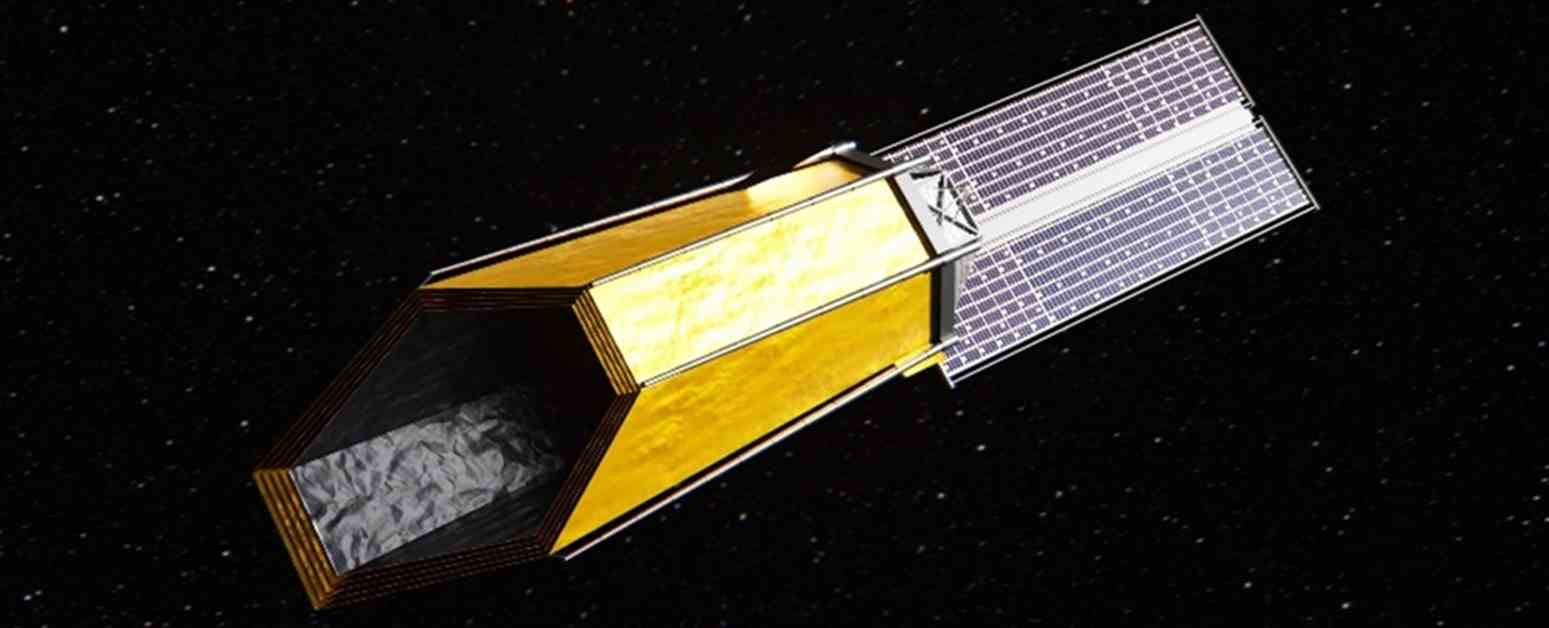NASA’s Ambitious Plan to Search for Alien Worlds Like Earth
NASA is embarking on an ambitious mission to build a cutting-edge space telescope that will search for habitable worlds. The project, known as the ‘Habitable Worlds Observatory,’ is still in its early planning stages but is expected to revolutionize our understanding of the universe.
The space agency has awarded contracts worth $17.5 million to three companies to research and develop the next-generation optics, mission designs, and telescope features. The work is set to begin in late summer 2024.
The Habitable Worlds Observatory aims to launch a large space telescope that will directly image Earth-like planets orbiting stars similar to our Sun. The telescope will also study the atmosphere of these planets in search of chemical signatures that indicate the presence of life.
According to existing exoplanet research, it is estimated that one in every five stars could have an Earth-like planet in its orbit. The mission’s ultimate goal is to find signs of life that are similar to our own, such as the presence of oxygen and methane.
NASA recently requested proposals to advance the necessary technologies for the Habitable Worlds Observatory. The project will require advanced technologies such as a highly capable coronagraph to block out light from the host star and an ultra-stable optical system that can remain stationary with extreme precision.
The selected proposals will focus on developing key technologies, including an ‘ultra-stable’ optical system, integrated modeling infrastructure, and telescope operations support. The output of these contracts will lay the foundation for the next phase of the mission’s development.
NASA will closely oversee the project, drawing on lessons learned from previous space telescopes like the James Webb Space Telescope and the upcoming Nancy Grace Telescope. The Habitable Worlds Observatory represents a significant step forward in the search for extraterrestrial life and could potentially reshape our understanding of the universe.



